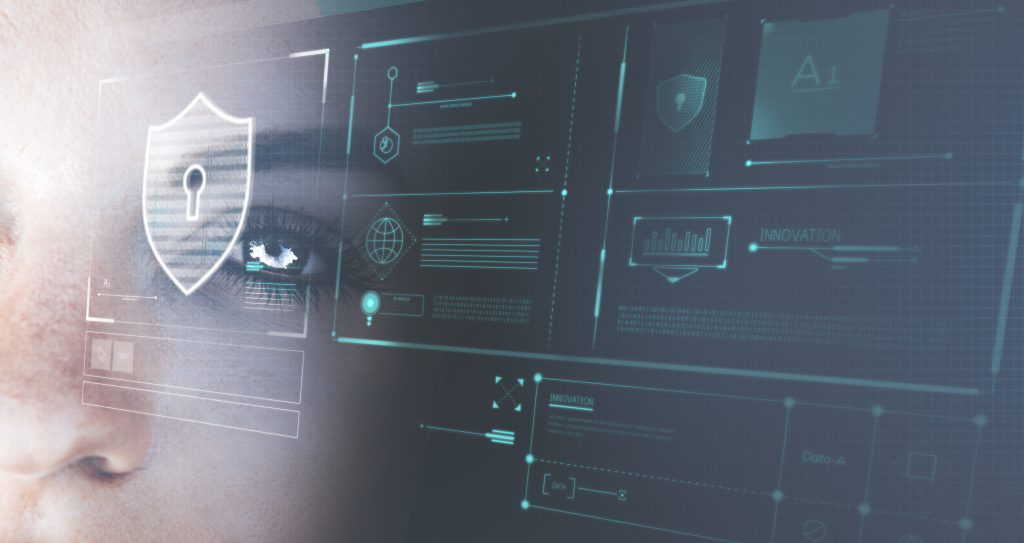In today’s digital age, safeguarding sensitive data is paramount for all businesses, regardless of size. Implementing robust security measures is vital for stopping data breaches from cyber attacks and keeping sensitive information from falling into the wrong hands. Organizations can take various measures — from encryption to access controls and secure storage — to improve their data security.
Encryption
Encryption is a fundamental security measure that converts data into a ciphertext format, making it unreadable to unauthorized users. Organizations can ensure sensitive data remains protected by encrypting it regardless of whether it is transmitted or stays at rest on a server. Advanced encryption algorithms, like Advanced Encryption Standard (AES) and Rivest-Shamir-Adleman (RSA), provide strong encryption for securing data.
Access Controls
Access controls are vital in restricting access to sensitive data to recognized users only. Using access control mechanisms, like role-based access control (RBAC) and multi-factor authentication (MFA), helps organizations enforce strict access policies and prevent unauthorized use. Organizations can add security to their data by assigning permissions based on user roles and requiring additional authentication factors, like biometrics or one-time passwords.
Secure Storage
Storing sensitive data in secure environments is essential to prevent data leakage and unauthorized access. Employing secure storage solutions, such as encrypted databases and cloud storage with built-in encryption, ensures that sensitive data remains protected even if physical or digital security measures are compromised. Additionally, implementing data loss prevention (DLP) technologies helps organizations control and monitor the movement of sensitive data within their networks, further enhancing security.
Regular Data Backups
Regular data backups are critical for ensuring business continuity and mitigating the impact of data loss incidents, like ransomware attacks or hardware failures. Organizations can recover data quickly if there is a security breach or data loss incident by implementing automated backup solutions and storing backup copies in a secure, off-site location with immutable storage. Additionally, conducting regular backup testing and verification helps ensure the integrity and availability of backup data.
Employee Training and Awareness
Whether we want to believe it or not, employees are typically the weakest security link in an organization, making training and awareness initiatives essential for preventing data breaches. Providing comprehensive security training to employees and raising awareness about common cybersecurity threats, such as phishing attacks and social engineering tactics, empowers them to recognize and respond effectively to security risks. Additionally, implementing strict security policies and procedures, such as data handling guidelines and incident response protocols, helps reinforce the organization’s security culture.
By implementing these essential measures, organizations can strengthen their data security defenses and protect sensitive information from cyber threats. However, it’s important to note that cybersecurity is a continuous process, and organizations must constantly assess and update security measures to adjust to evolving threats.
Protection for Your Organization and Your Data
Organizations need greater security thanks to the increase in ransomware threats and the requirements for cybersecurity insurance. But protecting organizations is much harder due to the widespread use of mobile devices, remote or geographically dispersed workforces, and other factors.
Integrated IT offers comprehensive cybersecurity services in partnership with industry-leading providers. They are a seamless expansion of our general IT management and support services. They include:
- Vulnerability assessments and remediation to identify and resolve security threats and risks
- Implementation of critical security controls for protection against cyberattacks
- 24x7x365 Security Operations (SOCaaS) for threat monitoring, detection, and incident response
- Identity and access management, including installation of multifactor authentication and endpoint and mobile security
